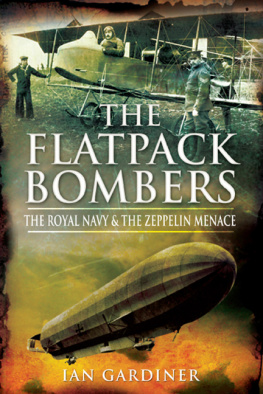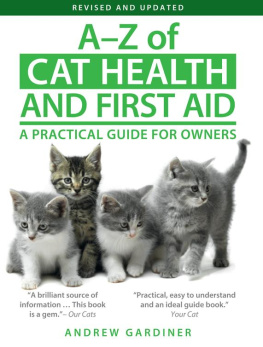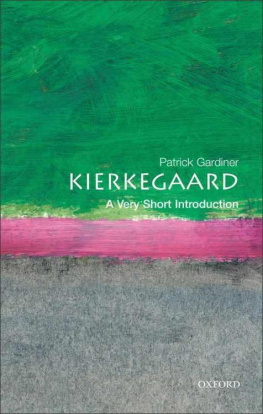

First published in Great Britain in 2009 by
P EN & S WORD M ILITARY
An imprint of
Pen & Sword Books Ltd
47 Church Street
Barnsley
South Yorkshire
S70 2AS
Copyright Ian Gardiner
ISBN 978 1 84884 071 3
eISBN 9781844684625
The right of Ian Gardiner to be identified as Author of this work has been asserted by him in accordance with the Copyright, Designs and Patents Act 1988.
A CIP catalogue record for this book is available from the British Library
All rights reserved. No part of this book may be reproduced or transmitted in any form or by any means, electronic or mechanical including photocopying, recording or by any information storage and retrieval system, without permission from the Publisher in writing.
Printed and bound in England
By CPI
Pen & Sword Books Ltd incorporates the Imprints of Pen & Sword Aviation, Pen & Sword Family History, Pen & Sword Maritime, Pen & Sword Military, Wharncliffe Local History, Pen & Sword Select, Pen & Sword Military Classics, Leo Cooper, Remember When, Seaforth Publishing and Frontline Publishing
For a complete list of Pen & Sword titles please contact
PEN & SWORD BOOKS LIMITED
47 Church Street, Barnsley, South Yorkshire, S70 2AS, England
E-mail: enquiries@pen-and-sword.co.uk
Website: www.pen-and-sword.co.uk
In salute to the memory and example of the men of the
Royal Naval Air Service of the Royal Navy,
and of the Naval Airship Division
of the Imperial German Navy 19121918
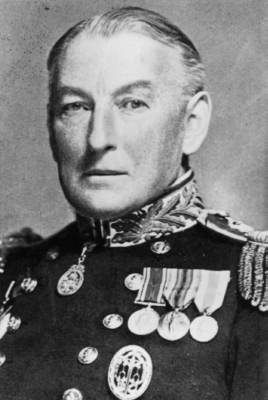
Captain Murray Sueter, Director of the Admiralty Air Department and key driver of progress in early naval aviation. (FAA Museum)
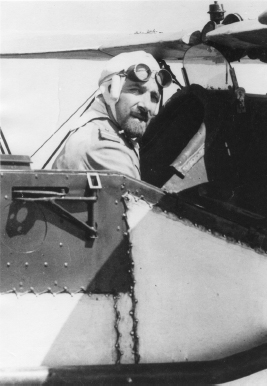
Wing Commander Charles Samson, one of the first four Royal Navy pilots and dynamic innovator and pioneer of naval aviation. (FAA Museum)
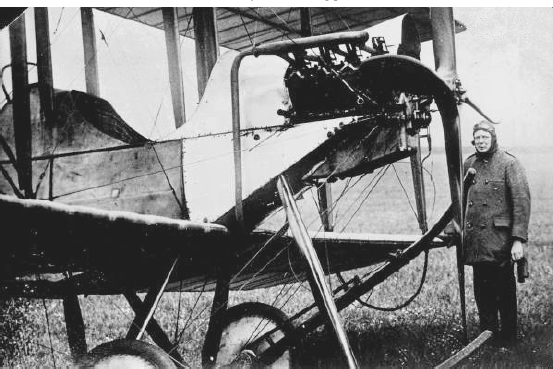
Winston Churchill, First Lord of the Admiralty and budding pilot. (Historic Images)
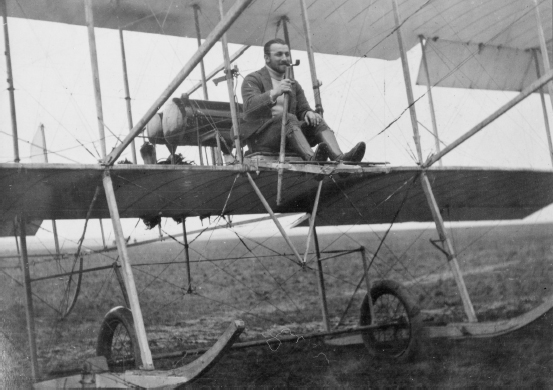
Charles Samson at the controls of a Short 27 at Eastchurch 1911. (FAA Museum)
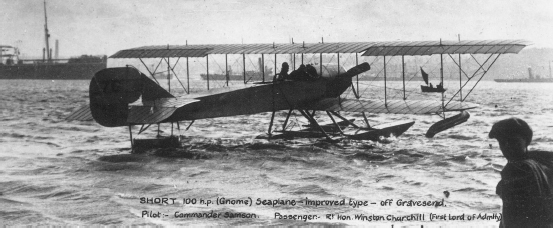
Charles Samson taking Winston Churchill up in a Short seaplane in 1914. (FAA Museum)

Britains Zeppelin, the Mayfly , which never flew. (Historic Images)
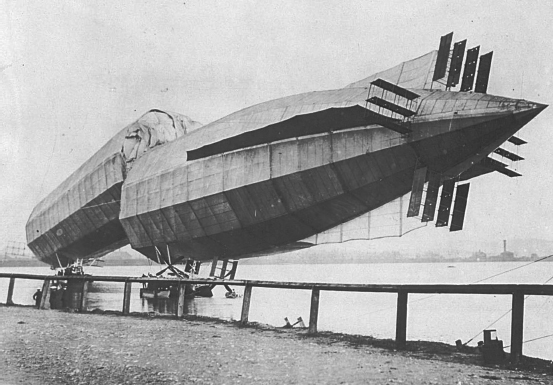
The end of the Mayfly.(National Archive)
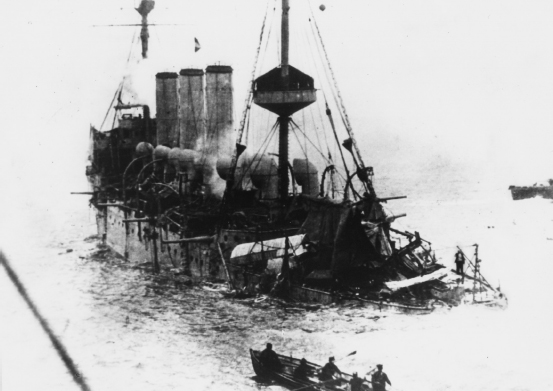
HMS Hermes , the first aircraft carrier, sinking after being torpedoed in the Channel in August 1914. (FAA Museum)
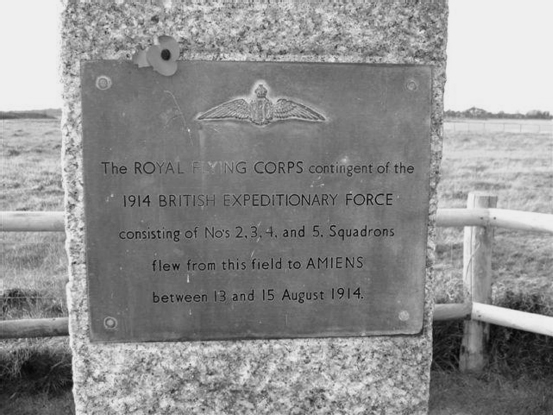
The field above Dover from where the first air force deployed to war. (David Storrie)
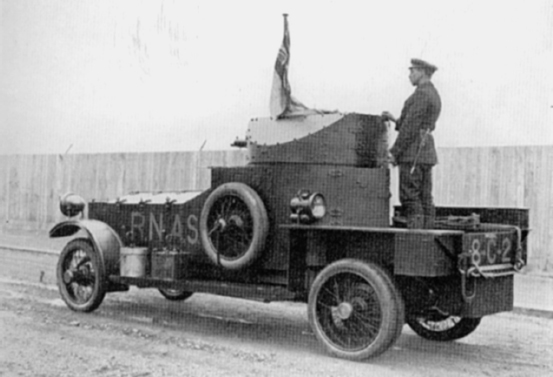
RNAS armoured car with revolving turret of 1914, and forerunner of the tank. (Historic Images)
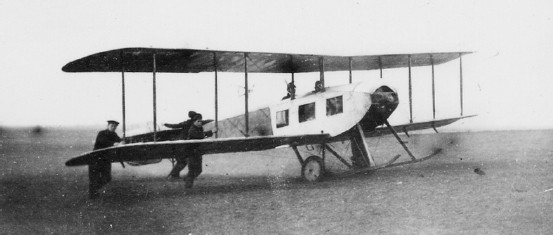
The first strategic bomber: a Sopwith three-seater tractor biplane with Reggie Marix at the controls. (FAA Museum)
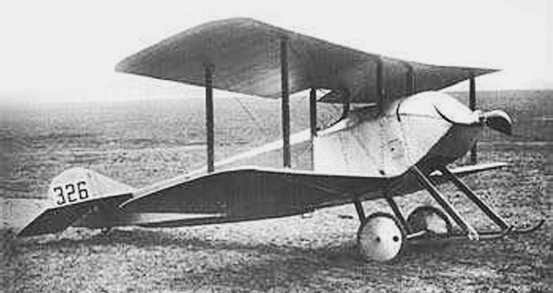
The Sopwith Tabloid: early strategic bomber flown by Reggie Marix and Spenser Gray attacking Dsseldorf and Cologne, and with a speed of 92 mph was the fastest aircraft of its day. (Historic Images)

Major Eugene Gerrard Royal Marine Light Infantry, one of the first four Royal Navy pilots. He accompanied Charles Collet on the first raid on Dsseldorf. (FAA Museum)

Eugene Gerrard at the controls of a Farman F20. (Historic Images)
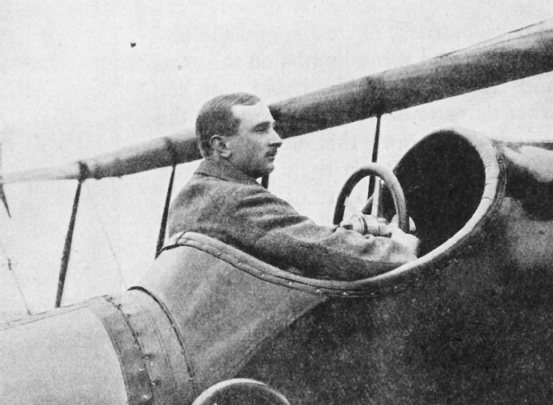
Lieutenant Charles Collet, Royal Marine Artillery, the first strategic bomber pilot. (Historic Images)
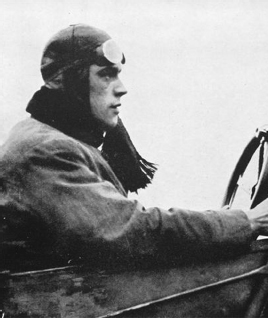
Squadron Commander Spenser Grey: pleaded with Churchill through the lavatory door for permission to launch the Dsseldorf/Cologne raid, and bombed Cologne railway station. (Illustrated War News)
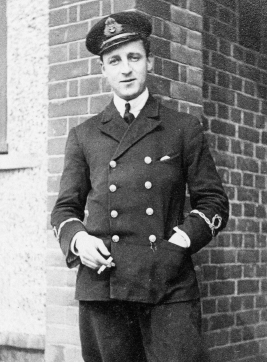
Flight Lieutenant Reggie Marix, destroyer of the Zeppelin at Dsseldorf. (FAA Museum)

An artists impression of how the Dsseldorf shed might have contained a second airship next to the original on the left. Based on nothing more than this drawing on the photograph, the press speculated that Marix might have destroyed more than one Zeppelin. (Illustrated War News)
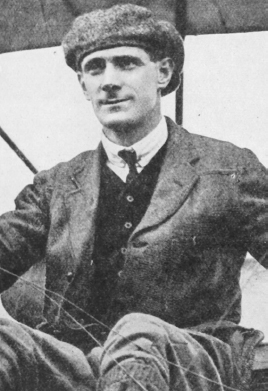
Squadron Commander Edward Briggs, led and was shot down on the Friedrichshafen raid. (Historic Images)
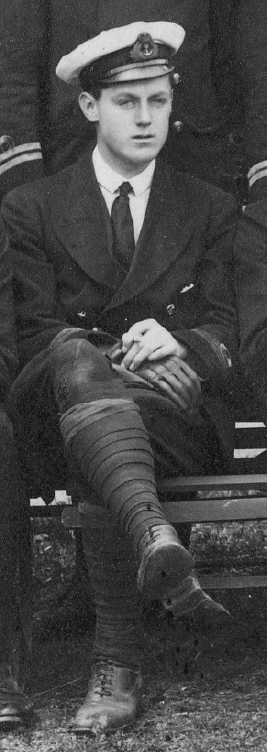
Flight Lieutenant John Babington (later Tremayne), pilot on the Friedrichshafen raid. (FAA Museum)
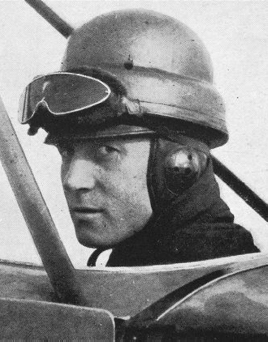
Next page
